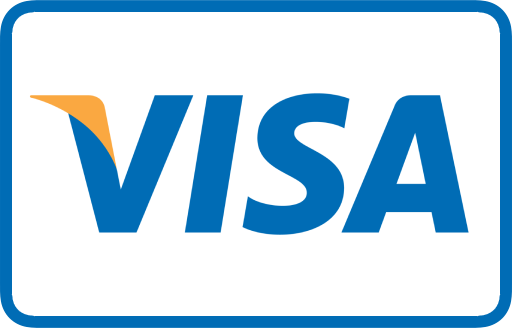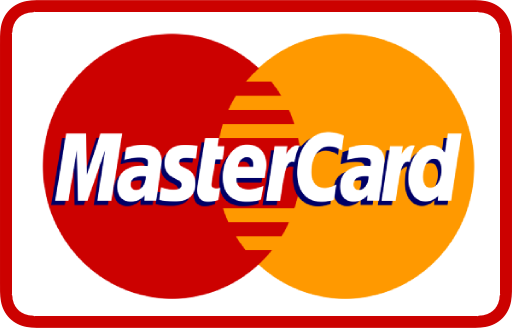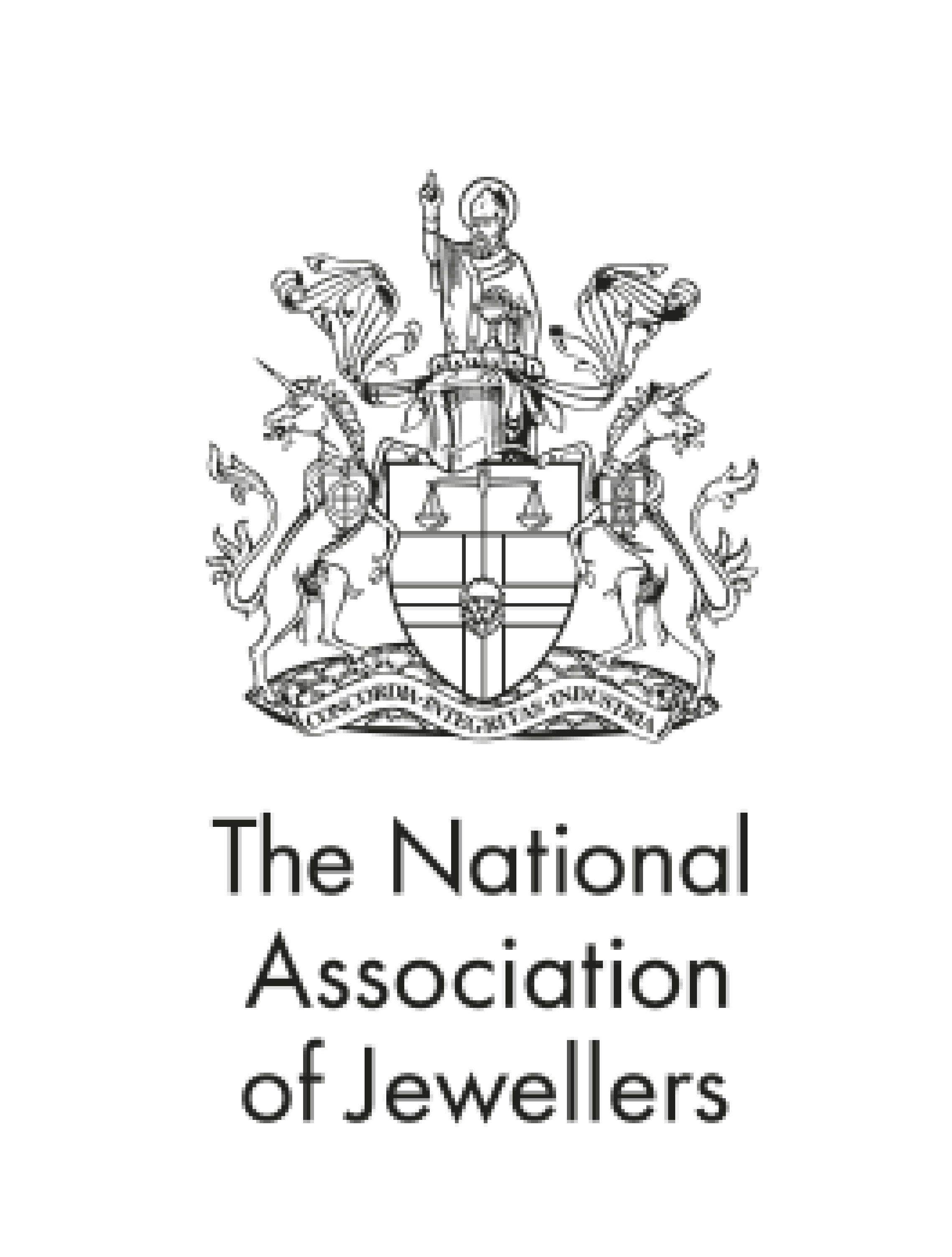Swiss watches are renowned for their exceptional craftsmanship, precision, and heritage. Meticulously assembled from hundreds of intricate components, each timepiece reflects the highest standards of Swiss watchmaking.
If you are curious about how your timepiece works, we have created this guide looking at the core parts of your watch, giving you a deeper understanding of the engineering and artistry behind every second it keeps.

External Components
To begin with, we will look at a timepiece from the outside, how it is constructed in order to contain the internal components.
Watch Case
The case is the body of the piece, housing and protecting the internal movement from dust, moisture, and physical damage. Cases are crafted from a wide range of materials, including stainless steel, titanium, ceramic, and precious metals like white gold or platinum.
Crystal
The crystal is the transparent cover that protects the watch dial. It must be both clear and durable. Swiss timepieces often use sapphire crystal for its exceptional scratch resistance, while other options include mineral glass or synthetic materials. Damaged crystals can typically be replaced or lightly polished, depending on the severity.

Bezel
The bezel is the ring that surrounds the crystal and secures it to the case. On many models, especially dive watches, the bezel can rotate (uni- or bi-directionally) to help measure elapsed time. In other timepieces, the bezel is purely decorative, often embellished with intricate designs or gemstones.
Crown

The crown is the small knob on the side of the case, connected to the movement via a stem. It is used to wind mechanical watches and adjust functions like the time and date. On diving watches, crowns often feature rubber gaskets to enhance water resistance.
Pusher
Pushers are buttons located on the case, commonly found on chronograph watches. These control various functions such as starting or resetting a stopwatch, or adjusting the date. Chronographs usually have two pushers flanking the crown.
Strap & Bracelet
This is what secures the watch to your wrist. Straps come in many materials, including leather, rubber, and textile. Bracelets are usually made from metal links. The choice of strap or bracelet affects both the comfort and style of the timepiece.

Lugs
Lugs are the protrusions on the watch case where the strap or bracelet is attached. They play a key role in how the watch sits on the wrist and influence the overall design.
Internal Components
Following the external components, we can now delve into how a timepiece functions. Each piece is unique, being handcrafted by through years of experience.
Watch Dial
The dial is the visible face of the watch, displaying the time and often other information such as the date. It typically includes hour markers, hands, and sometimes sub-dials for additional complications.

Date Aperture
This small window on the dial displays the day of the month. It is usually located at the 3 o’clock or 6 o’clock position. More complex timepieces may also show the day, month, and even year through additional apertures or sub-dials.
Hands
The hands are mounted at the center of the dial and move to indicate the hours, minutes, and seconds. Their style and material vary depending on the design and purpose of the timepiece. Most mechanical watches have three hands, though some complications include additional hands for other functions.

Hour Marker
Hour markers are the indicators on the dial that denote the hours. They can be expressed as numerals (Arabic or Roman), indices, or even gemstones. Minimalist watches may use dots or omit markers entirely for a sleek aesthetic.
Movement

Often referred to as the "heart" of the watch, the movement drives all functions by converting stored energy into precise, regulated motion. There are three main types:
- Mechanical: Powered manually by winding the crown.
- Automatic: Self-winding through the natural movement of the wearer’s wrist.
- Quartz: Battery-operated, offering high accuracy with minimal maintenance.
Each Swiss manufacturer typically develops and tests their own in-house movements, held to strict standards of performance and reliability. Uncover more about the history of Swiss timepieces and movements in our previous article.
Oscillating Rotor
Exclusive to automatic watches, the oscillating rotor is a semicircular weight that spins with wrist movement, winding the mainspring and storing energy. This ingenious mechanism dates back to 1770, credited to Abraham-Louis Perrelet.
Understanding your Watch

Gaining a full understanding of your timepiece is a rewarding journey into the world of horology. While a deep dive may require expert knowledge or formal study, this guide gives you a strong foundation in both the external and internal elements of your watch.
If you notice any issues with your timepiece, or are simply curious to learn more, then you are always welcome to visit one of our Watch Showrooms in Truro, Plymouth, Exeter, and Taunton.








